The Demon From Dodge in 1971!
– Dodge Demons were launched for the 1971 model year, one year after the Duster from Plymouth debuted
– The basic Duster shell was used, with Dodge stylists fitting on a Dart front clip, with revised frenched taillights
– 340-cid small block V8 engines were the Demon performance powerplants
It has been said that the roots to the production Dodge Demon for 1971 model year can be traced back to Chrysler of Canada, as they had reportedly built an experimental prototype “Dodge” version of the semi-fastback styled A-body sometime soon after the Duster was released to the public. It was a simple swap of the front fenders, hood, grille and bumper.
PITCHFORK IN THE DEMON ARTWORK
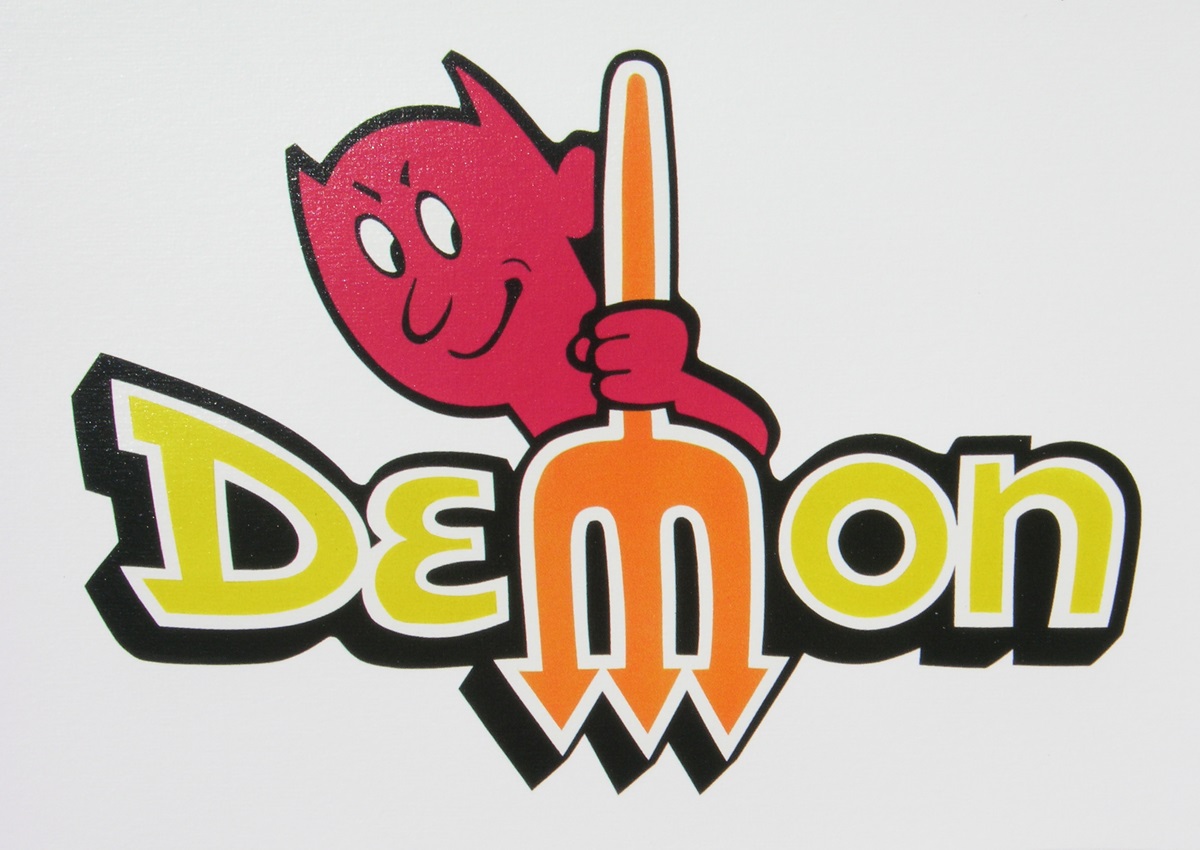
A quickly organized new model from the Dodge Division was developed and given an attention-grabbing name! And its colorful graphics were incorporated into the model name presentation: a devil with a pitchfork, a real “evil” association, no question about it. Dealership marketing materials stated: “Come in for a Demon-stration ride—just for the devil of it.” National advertisements showed the car and a girl and a pitchfork, with these words as headlines: “Dodge’s new Demon brings out the Devil in you.”
The nation’s “do-gooders” weren’t too pleased with the “devil theme” of the car and its advertising, and a flurry of complaints went to Chrysler.
DEMON 340

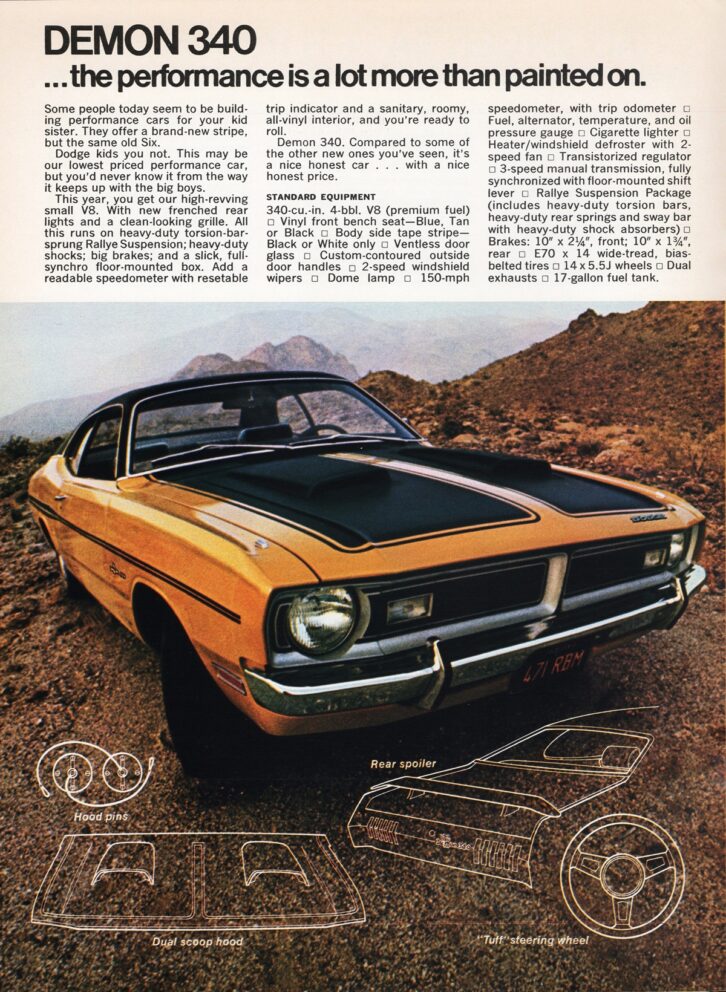
Demon 340s came with the following as standard equipment: Rallye suspension (heavy-duty torsion bars, heavy-duty rear springs and sway bar, and heavy-duty shocks), 10-inch drum brakes (2.25-inch-wide front, 1.75-inch-wide rear), 14 x 5.5J wheels, E70 x 14 wide-tread, bias-belted tires and dual exhausts.
The 340-mill was a potent small bock and it had a conservative rating of 275 hp. The engineers at Mopar® gave the engine a shot-peened, forged steel crankshaft, double roller timing chain, oil pan windage tray, 10.5:1 pistons, high-flow cylinder heads, high-load valve springs and dampers, dual point distributor, double level intake manifold, single four-barrel Carter carburetor and viscous drive fan. It was an impressive package.
How quick was a 1971 Dodge Demon 340 car? Car Craft Magazine’s April 1971 issue tested a 4-speed, 3.91-cogged Demon 340 and they ran a 14.41 elapsed time @ 98.69 mph with it at Lions drag strip, completely stock. After adding some aftermarket “mag” wheels and a set of Casler headers (1 5/8-inch primaries, 2-1/2-inch collectors), a trip to OCIR saw a 14.06/102.04 run. The car weighed 3,340 pounds on the scale.
Next, the air filter was removed, power steering belt removed and the E.T. dipped to 13.92 at over 102 mph. Finally, the best run took place with the headers uncorked and that netted a best-of-the-day run of 13.61 @ 104.52. With the installation of a set of headers, the car ran as quick or quicker as much more expensive muscle cars of the era.
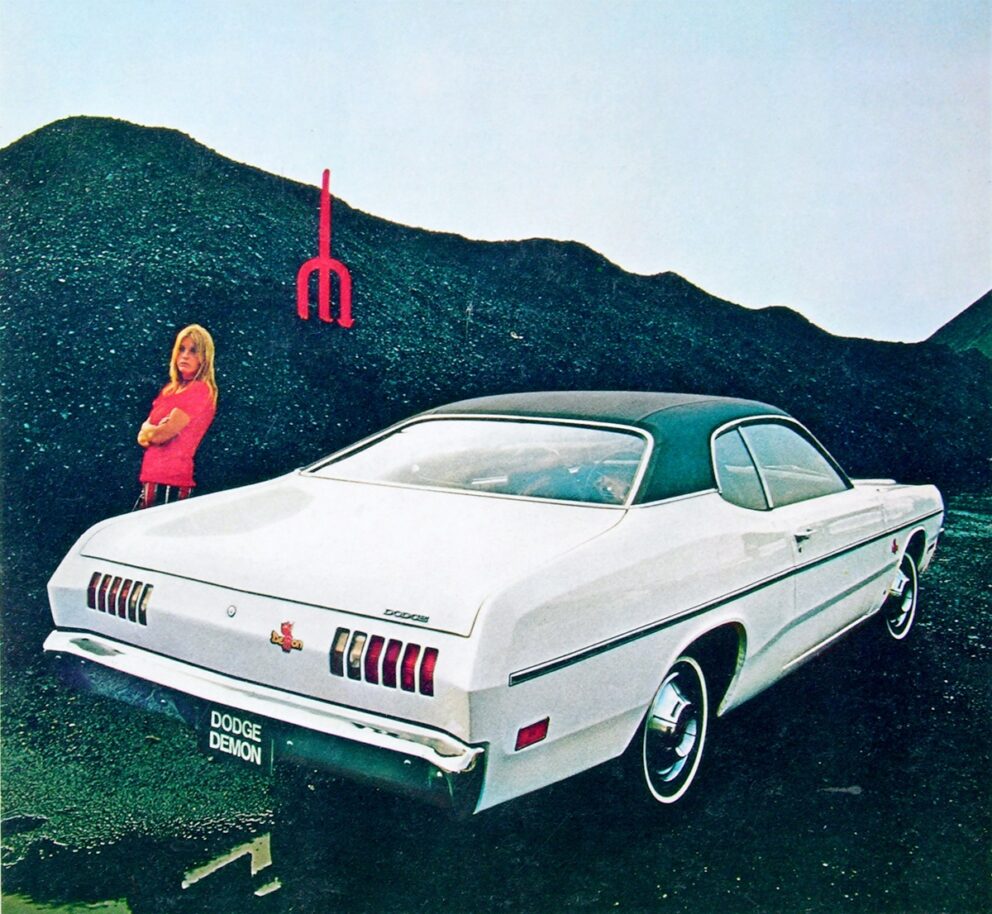
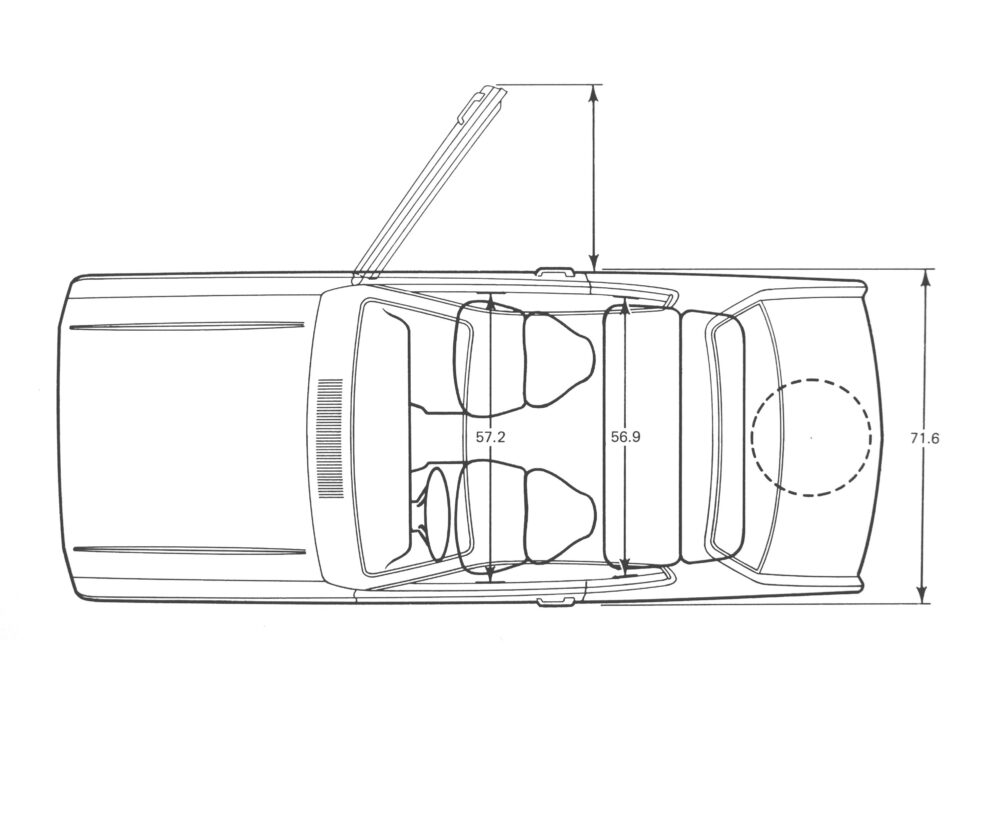
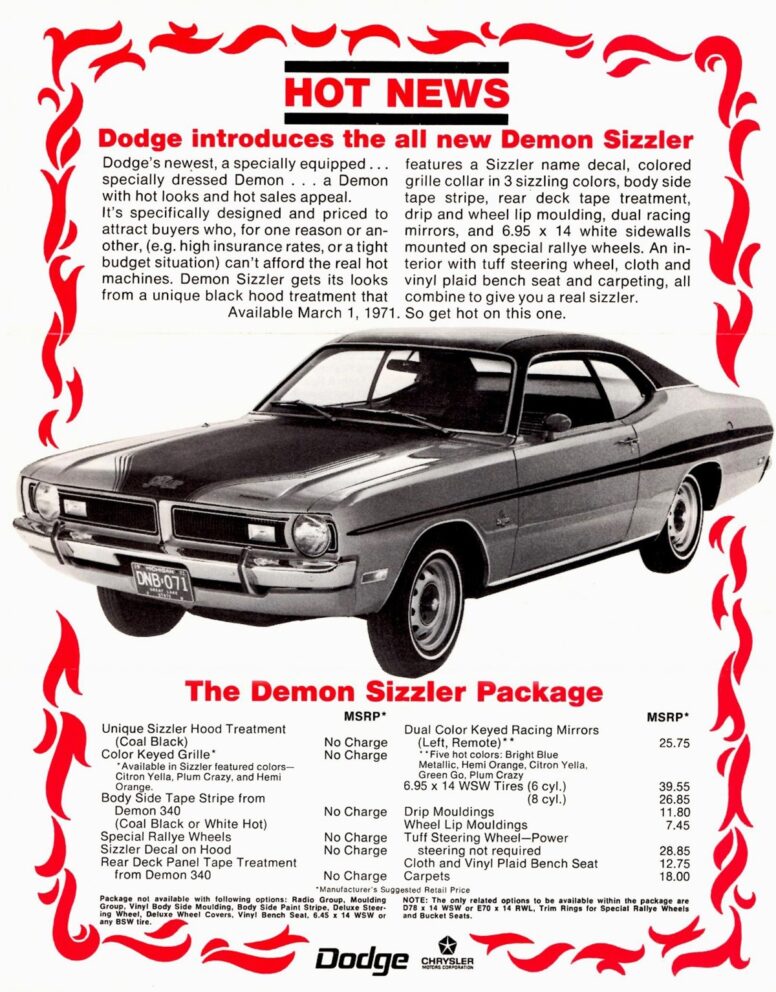
Standard Demon models came with three different available powerplants: Two Slant Sixes (198-cid and 225-cid) and the 318-cid V8. Demons and Dusters were basically the exact same car, the Mopar A-body, albeit with very slightly different front end treatment and unique-to-the-brand taillights. Available starting March 1, 1971, a Sizzler “trim package” became available to add some spice to the line.
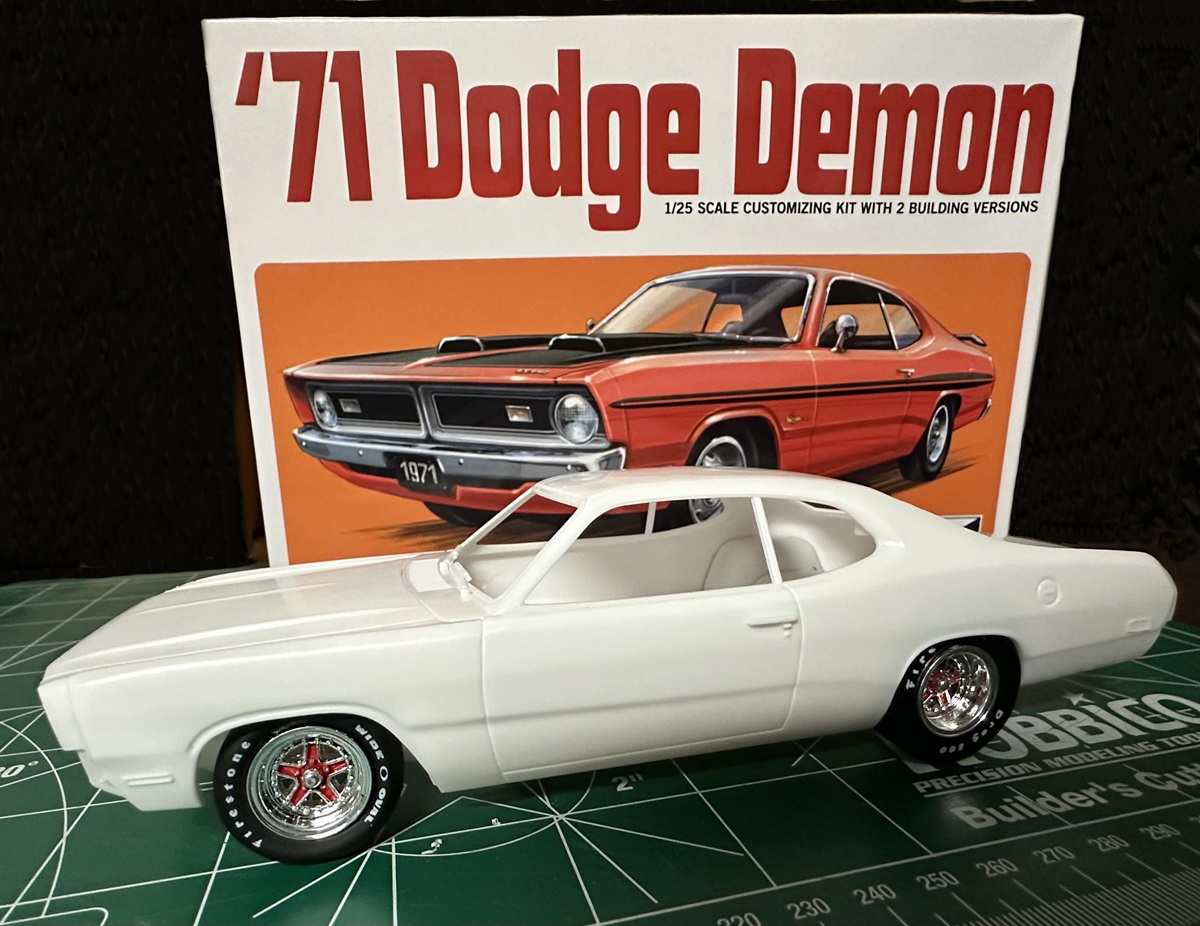
MPC 1/25th scale models of these cars were widely available when they were launched at the dealership showrooms, as were “promo” pre-assembled model cars done up in the authentic Dodge colors.
UN-RESTORED LOW-MILEAGE ’71 340 SURVIVOR
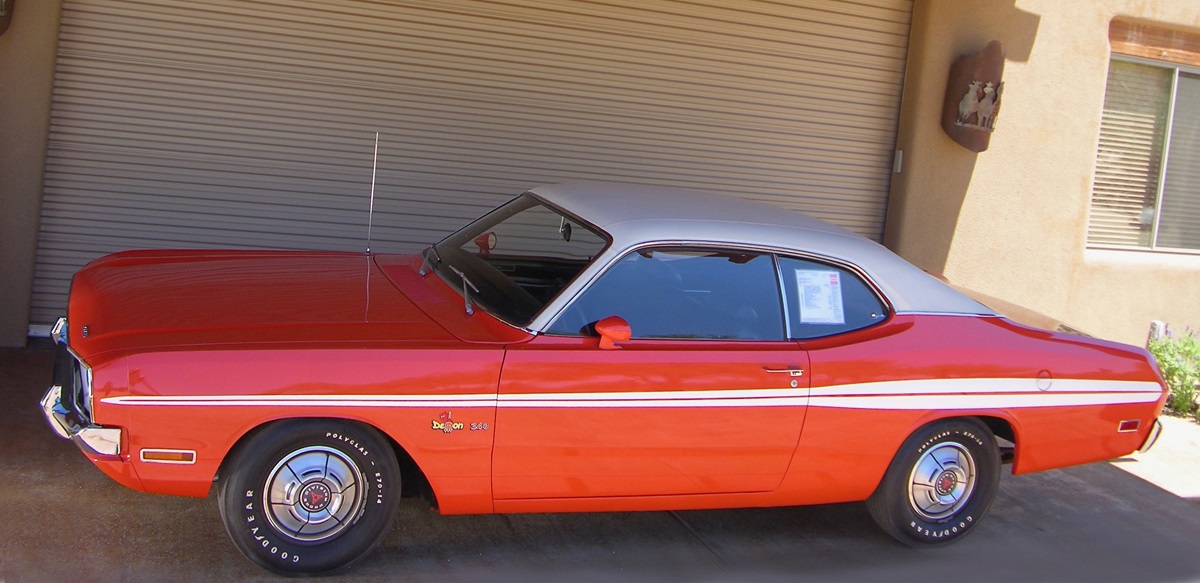
A super-low-mileage car, and it had been parked in an environmentally controlled storage area for most of its life — up on blocks — and still in “new” condition. It was a high-impact color car (HEMI® Orange) originally from Connecticut, and among the options was the stereo tape-cassette, including microphone. Other options included TorqueFlite®, power steering, power brakes, Sure-Grip differential and racing mirrors. Was this a super-rare Mopar vehicle with loads of highly unusual option codes? No.
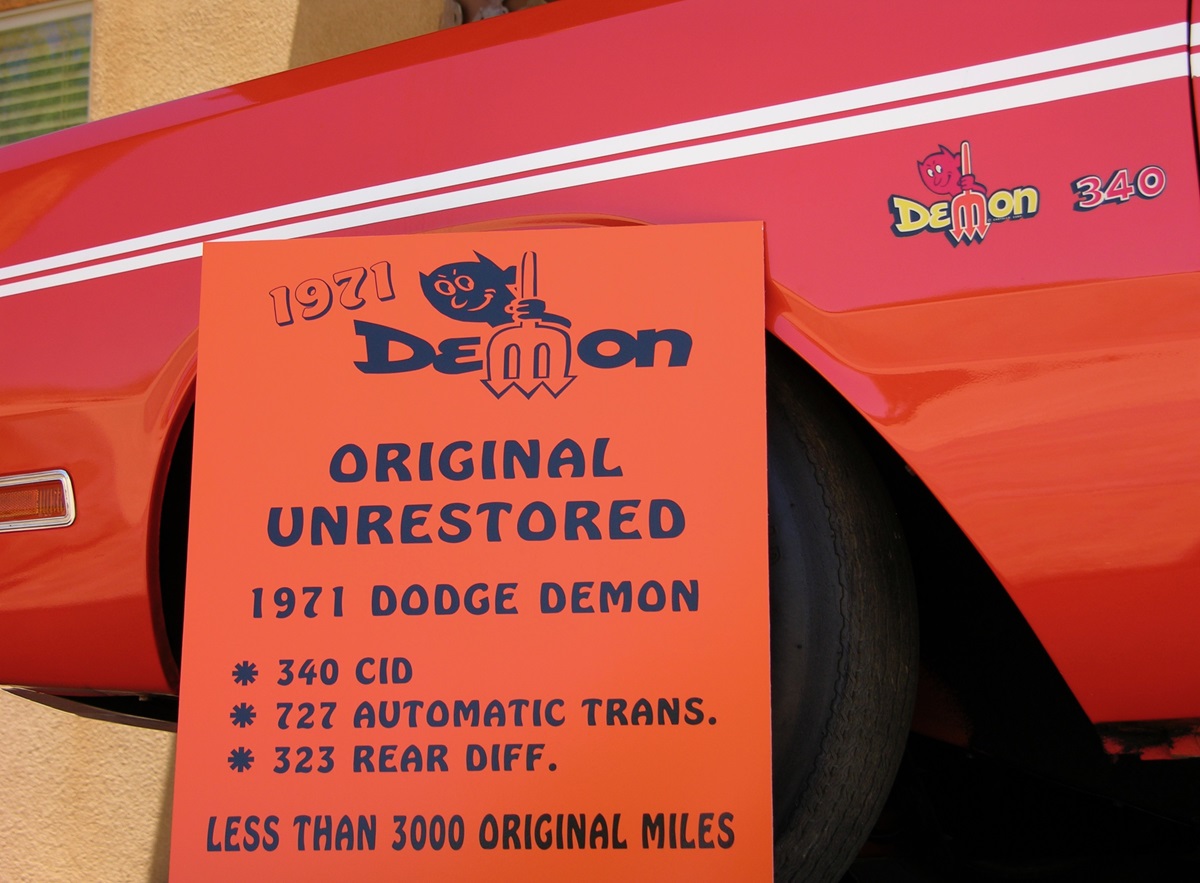
However, with only 2,900 miles on the odometer, this A-body car was a deviation from the norm, an anomaly to be certain! Duster/Demon 340s were oftentimes driven hard and many were modified back in the day, as they were truly affordable muscle machines, with a base price of just $2,721.00. The budget performance car was popular with street warriors and serious drag racers, and all these years later, most were pretty used up. This one was not abused, and survived all the years in excellent shape.
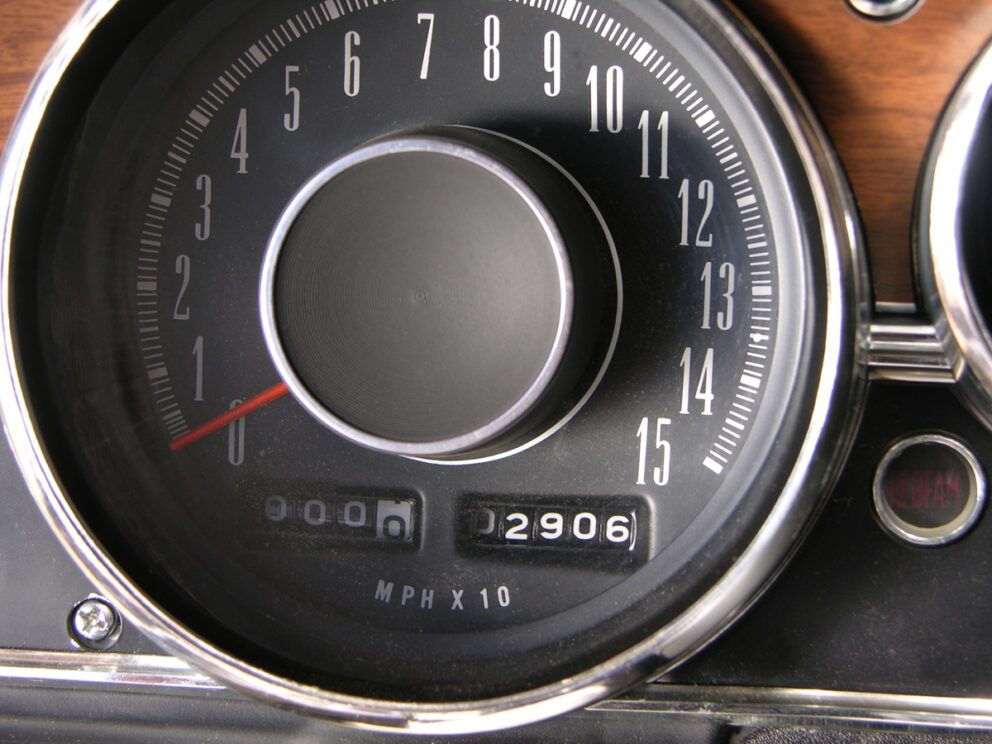
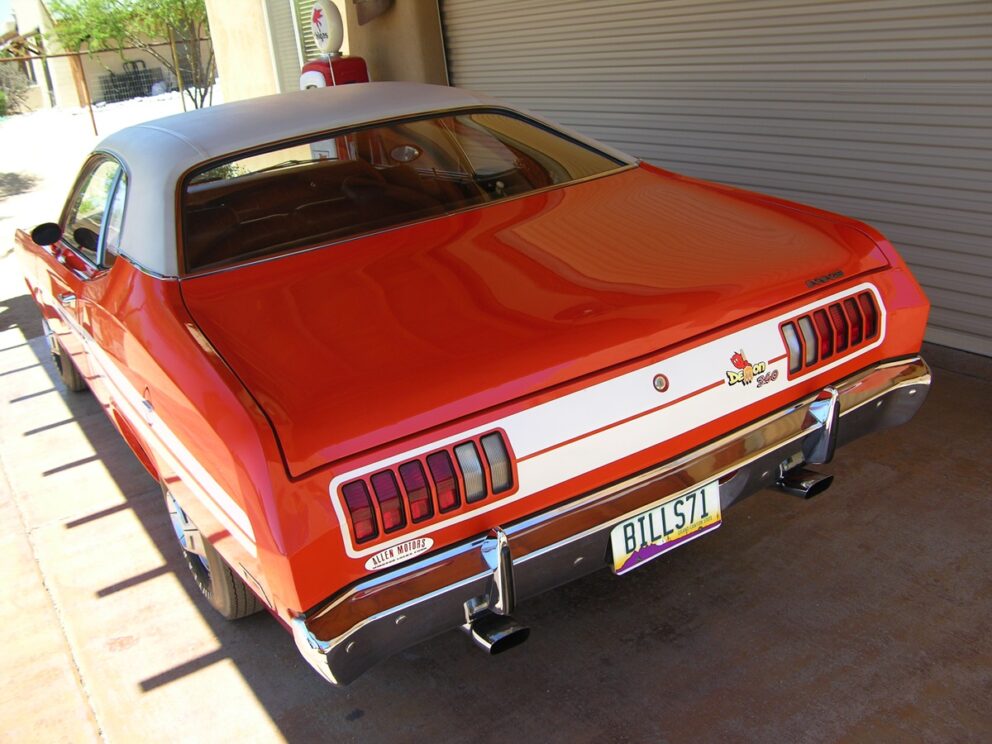
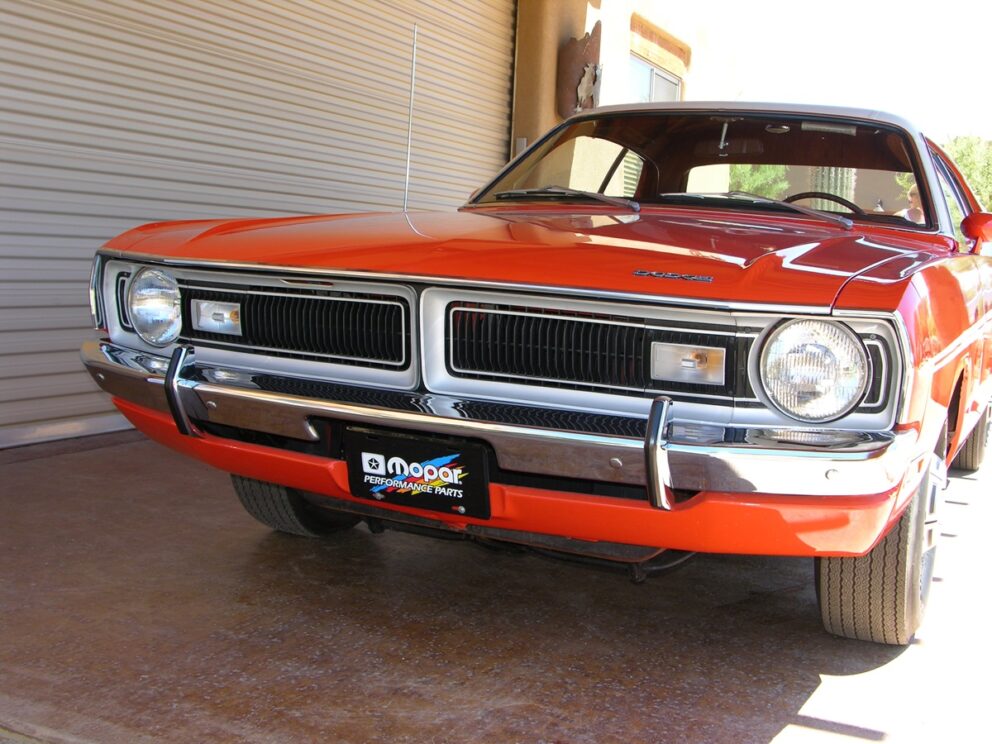
TIME CAPSULE 340 ENGINE
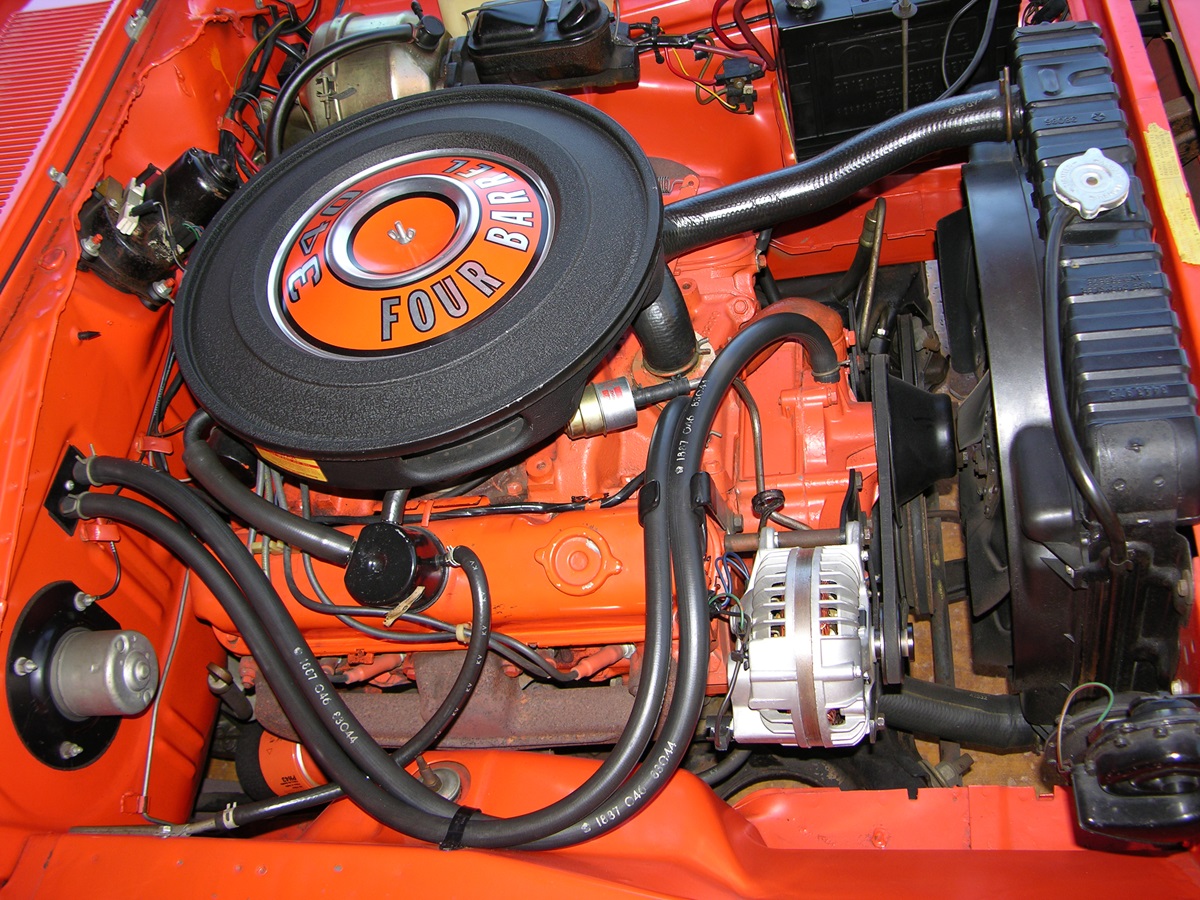
Under the hood, there was an engine basically untouched by human hands (other than from the workers from the Hamtramck assembly line in 1971). Orange paint was where it was supposed to be. The clamps, wires and fittings all were as delivered back in 1971. Even the Mopar fuel filter was original! People that restore cars talk about their “time capsule” machines, but this one really is.
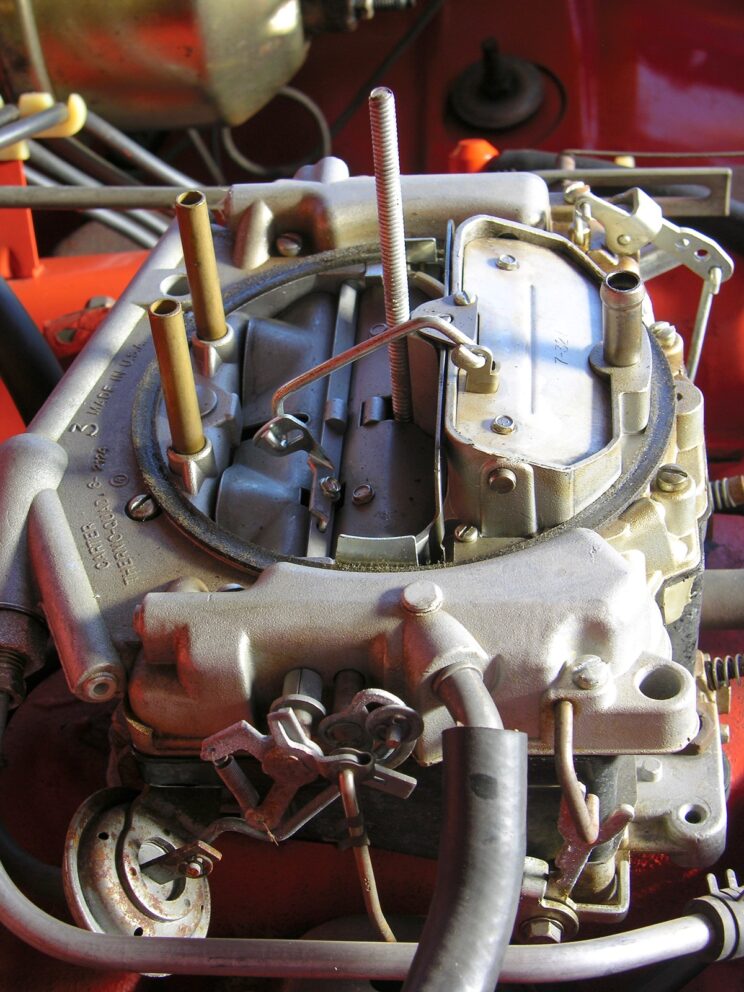

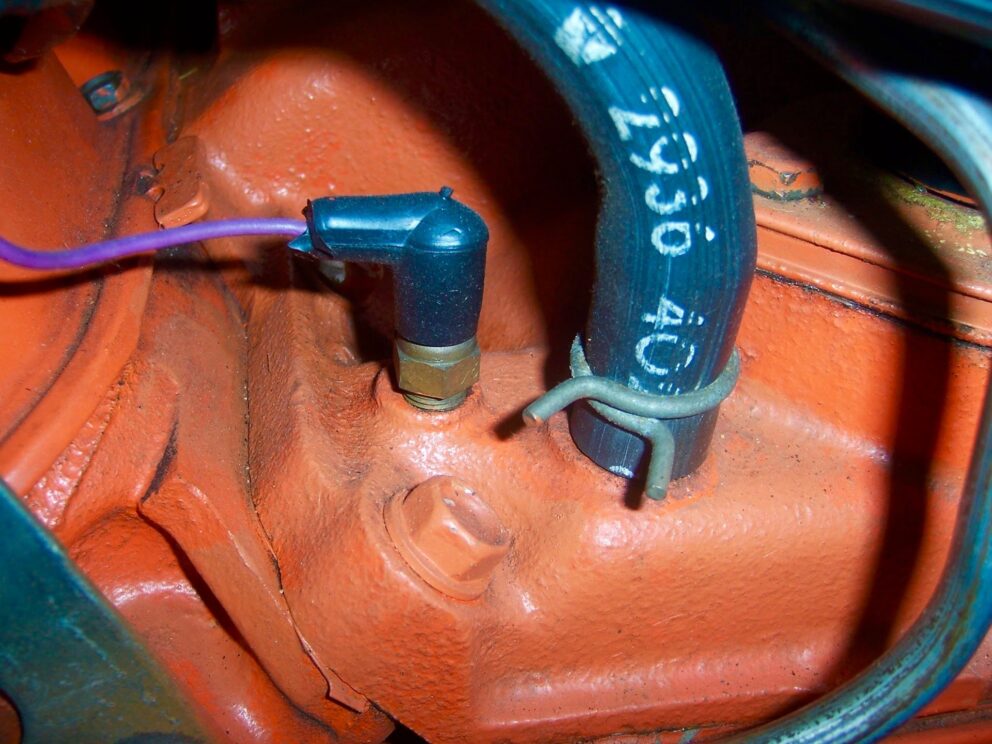
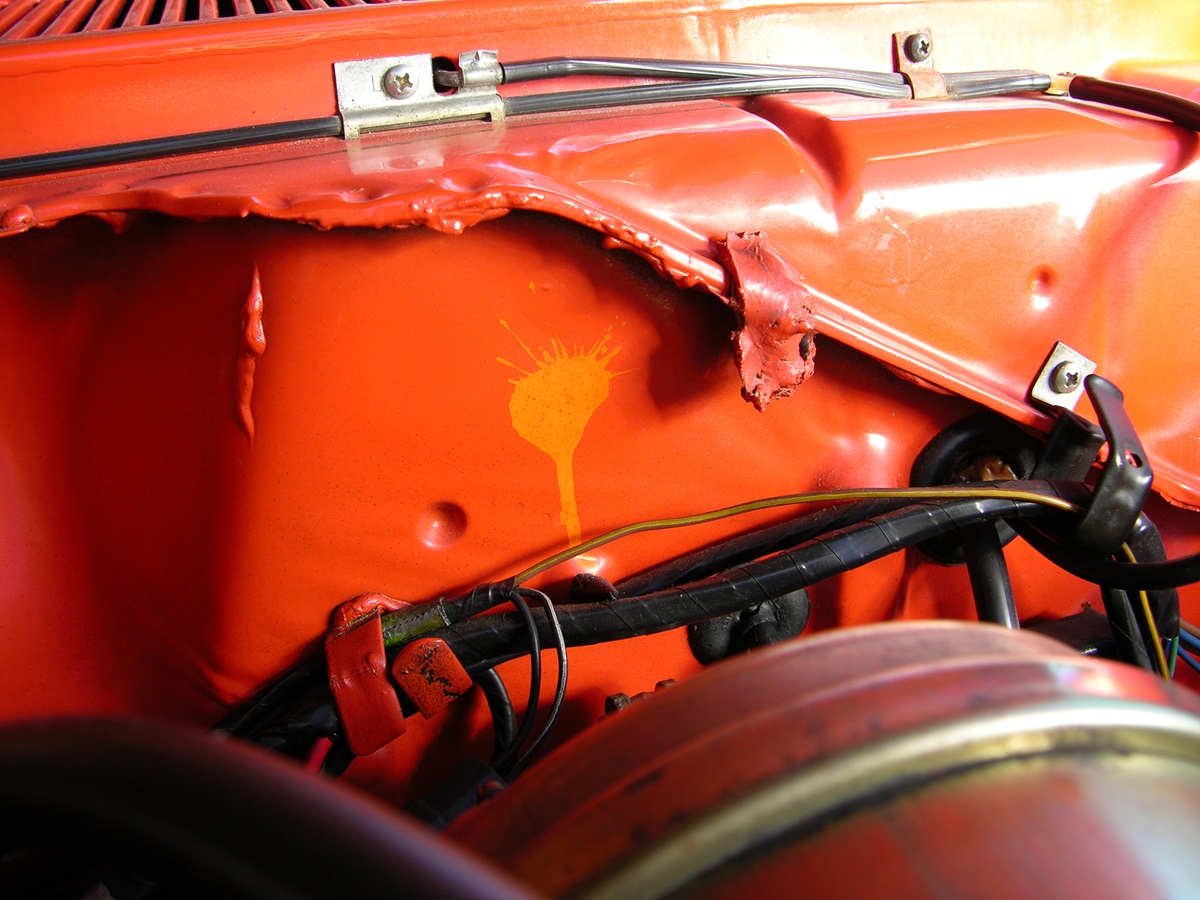
Paint splat on firewall was an inspection mark and replication of the paint pattern is desirable for “over the top” restos!
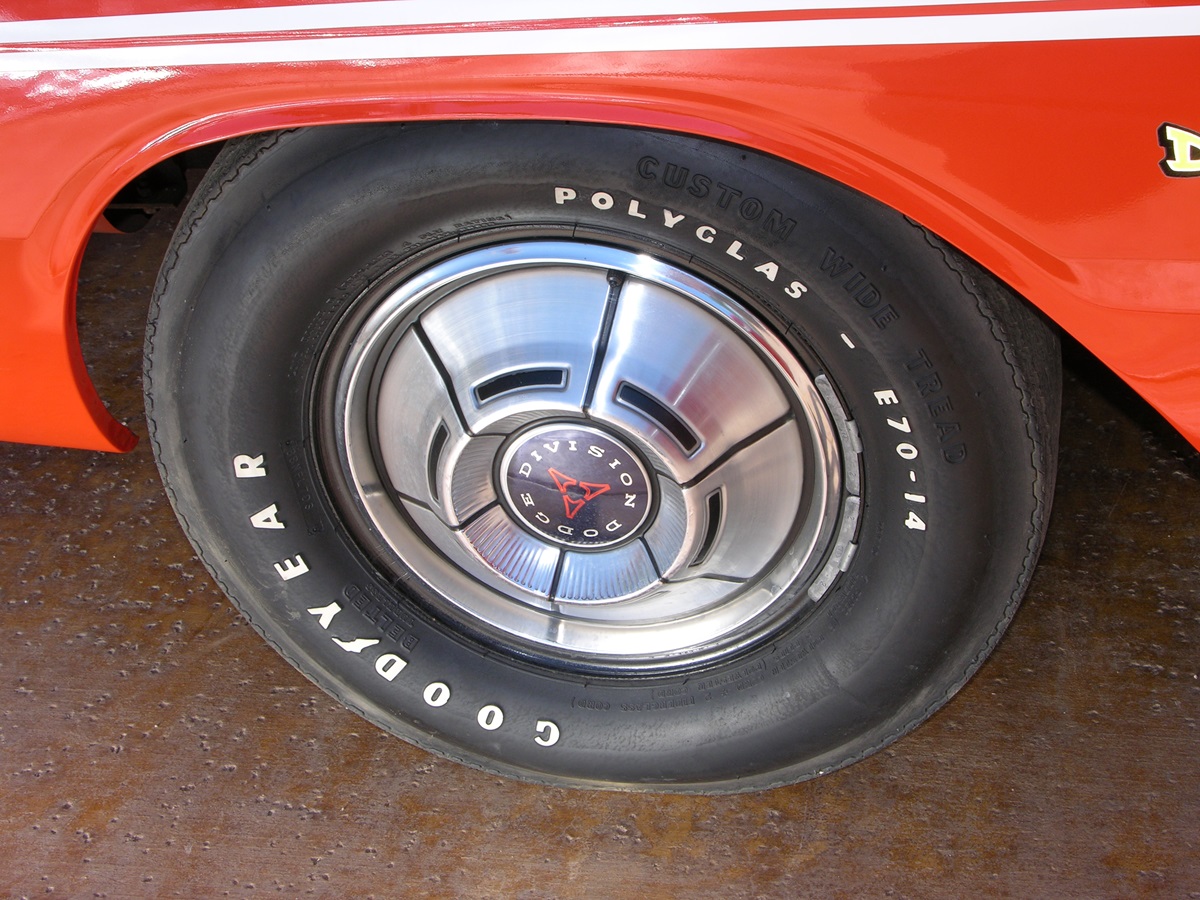
These W11 Deluxe wheel covers cost $25.75 and the RWL (Raised White Lettering) tires were an additional $48.40.
RARE OPTION
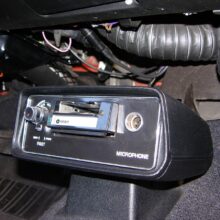

Floor-mounted tape player … this was state-of-the-art in 1971! Its design allowed driver or passenger to record his or her own voice through the mike, promoted as being “especially valuable to business and professional people who wish to dictate en route to the office.”
Inside the glove box was the original microphone that came with the sound system, along with the owner’s manual and licensing paperwork circa 1971. Multi-tasking with the help of your friendly Dodge dealer!
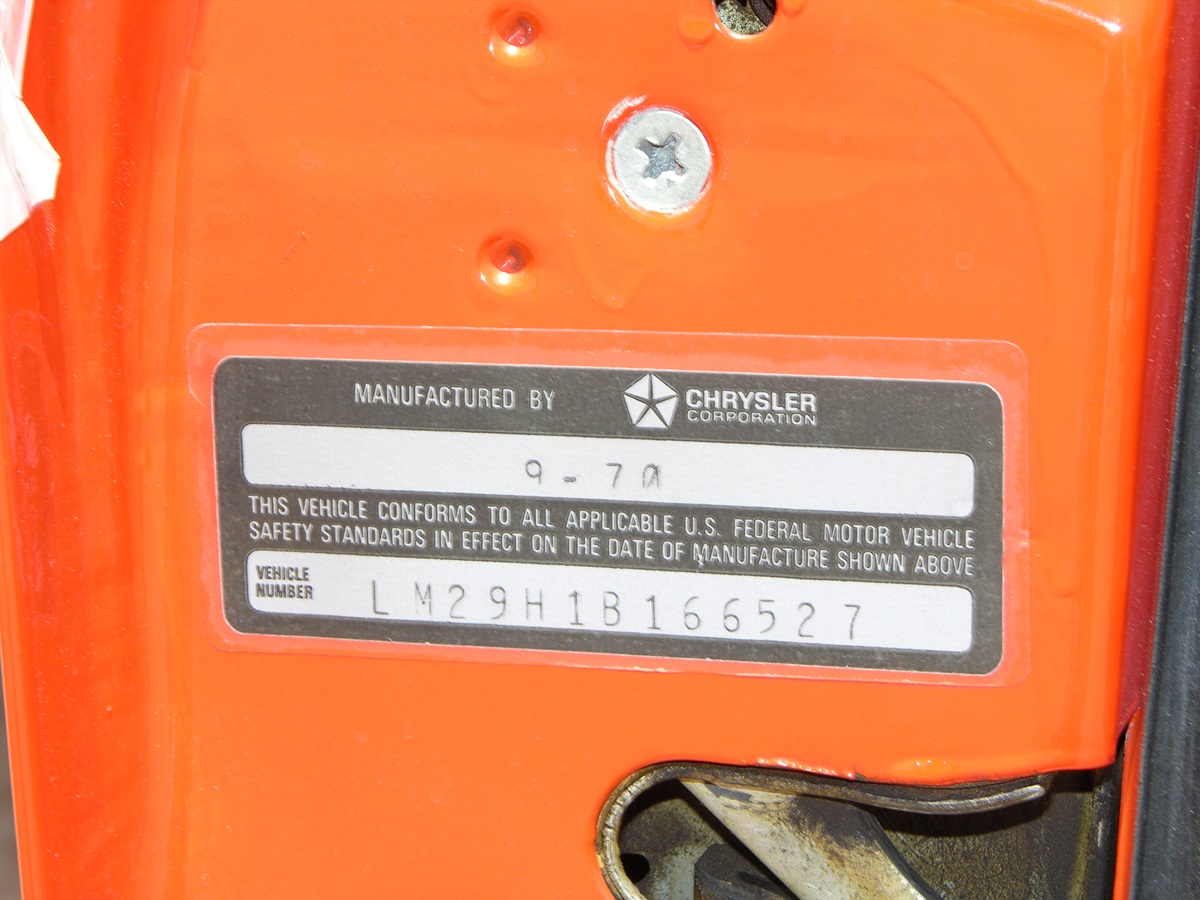
“H” on the vehicle number signified the 340-cid V8 engine.
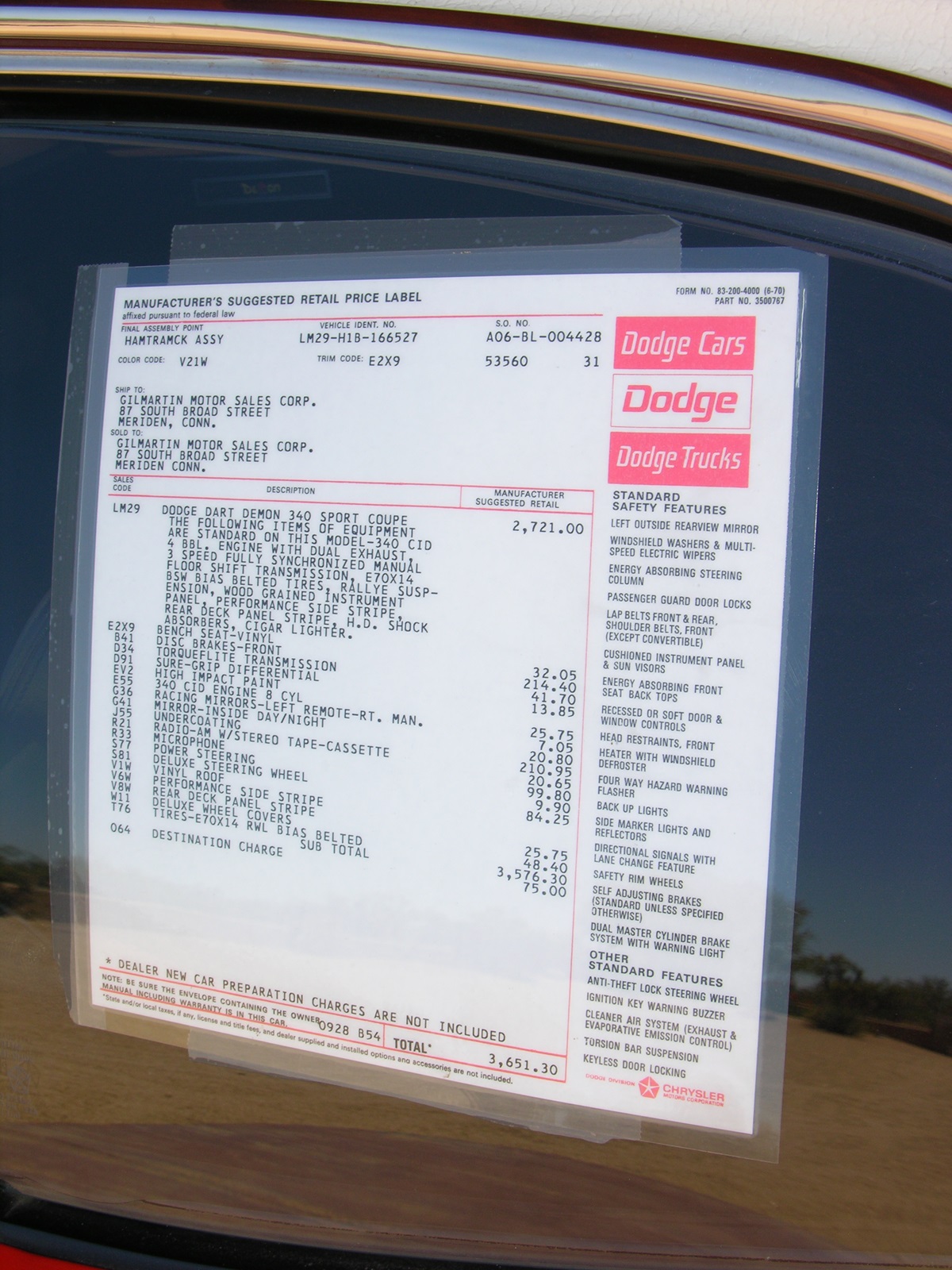
Out the door price: $3,651.30
1972: THE END OF THE DODGE DEMON
The Dodge Demon was a two-year car, 1971 and 1972, and the outside visual differences between them are the grilles, parking lamps, metal for ’72 side emblems and revised side marker lights. Electronic ignition was made available in ’72, but the bad news for performance-lovers that second year was the lowering of compression (dropped to 8.5:1) and the use of 360 heads (smaller intake valves) on the 340 engine. Power was downgraded to 240 hp. In stock form, the 1971 version of the Demon 340 was the most potent and is sought after today, but so are ’72 versions even with less power output. The fact remains, these Dodge A-body cars have character! The 1972 dealer sales film (screen save shot shown below) certainly had a dramatic, serious theme to it, mostly all about the importance of fuel mileage).
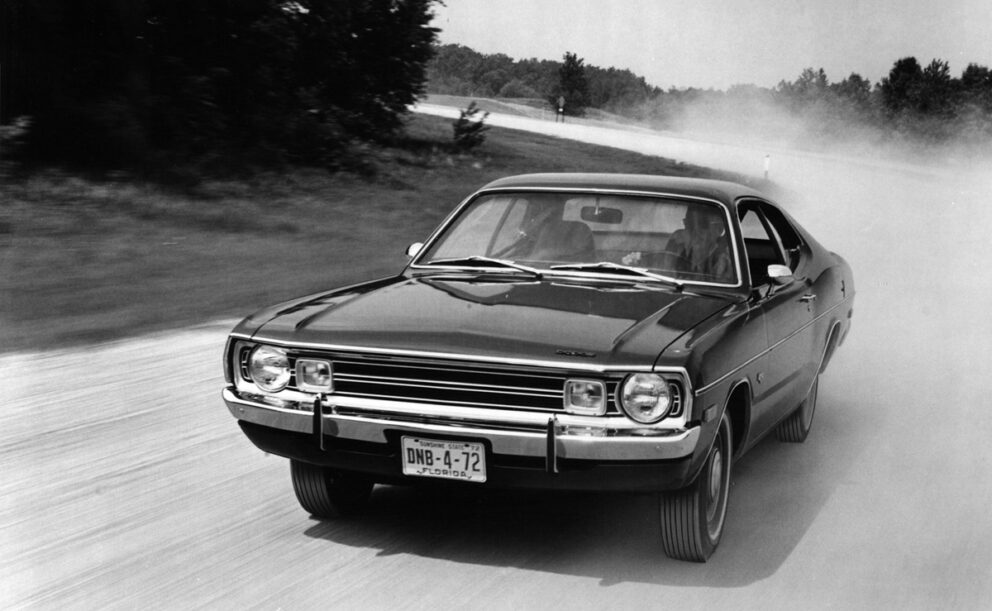
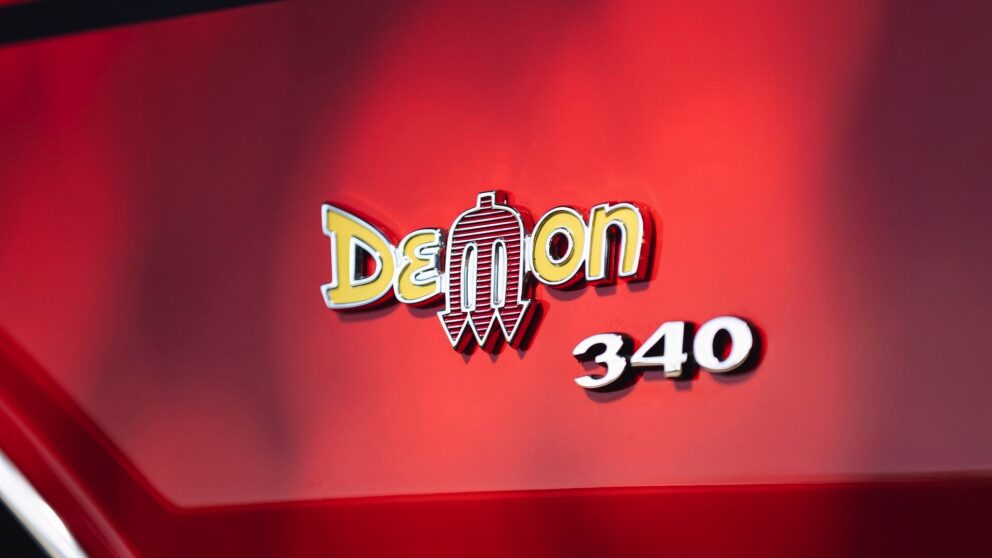
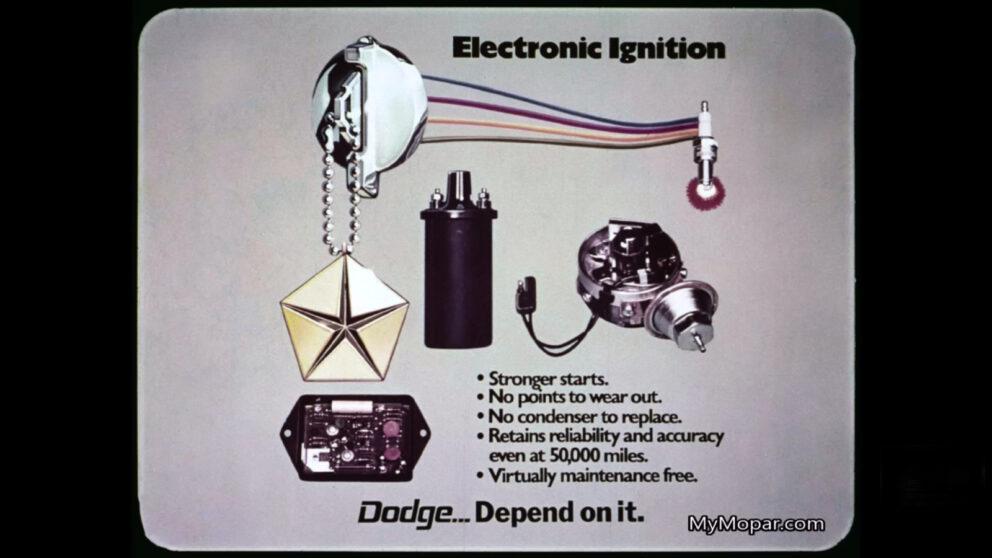

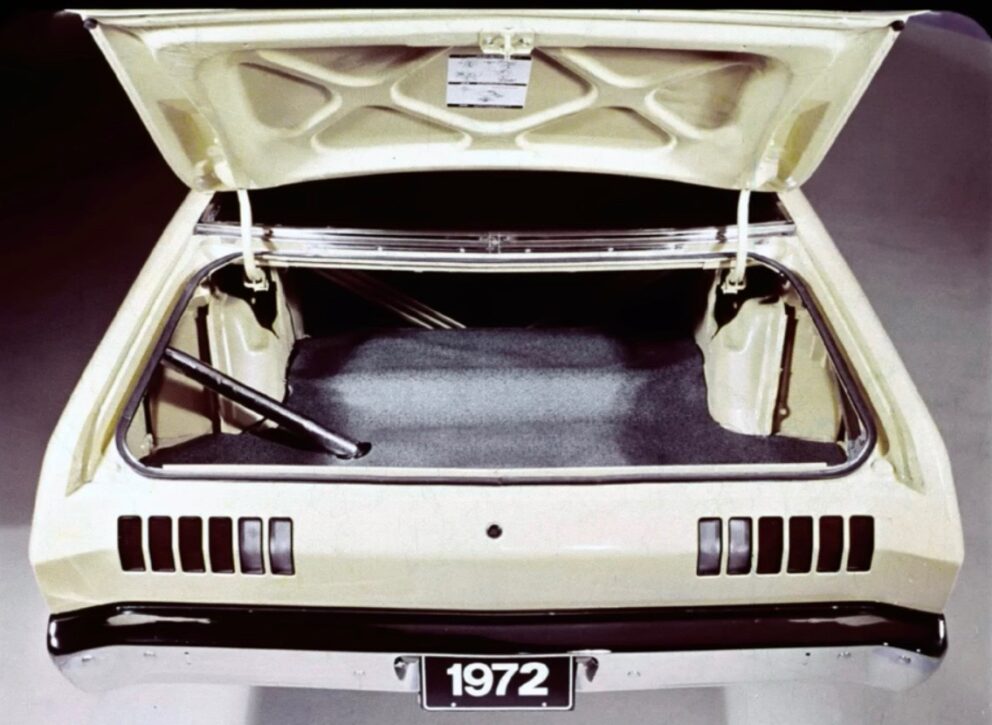
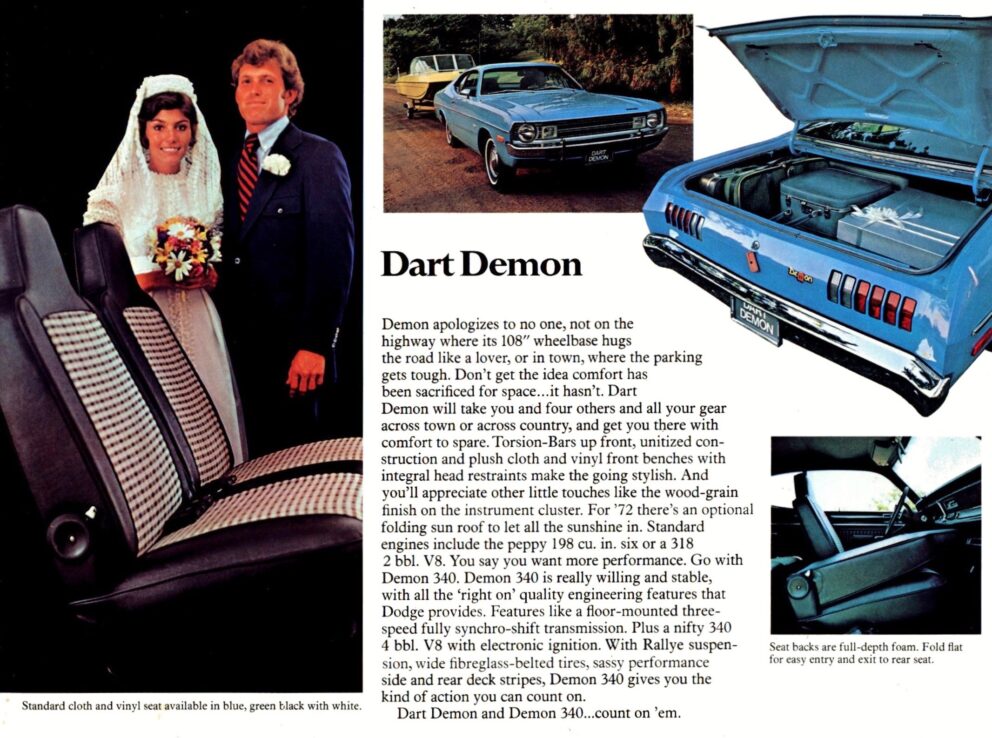
By 1973, Demons were gone and the replacements were knows as “Dart Sport” models, basically a name change albeit with new taillights and restyled front end, including federally mandated energy-absorbing bumpers. The name Dart Sport was certainly not “offensive” to anyone, and many felt it was boring in comparison.
COOL ’70s ERA ARTWORK
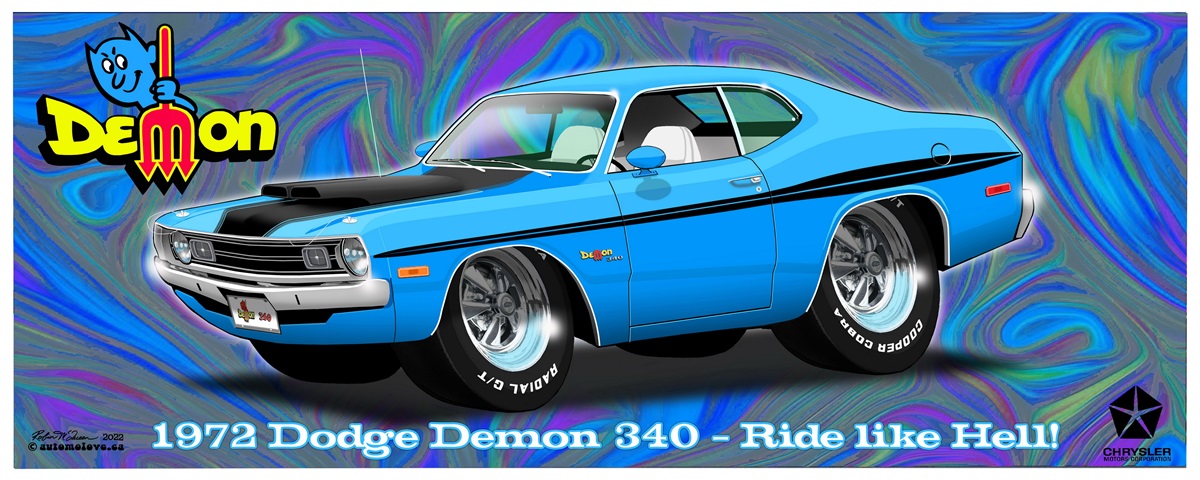
Talented automotive artist Robin McQueen offers unique Dodge Demon art, this one a ’72 Petty Blue 340 with Cragar S/S wheels, done up in all its early Seventies glory! www.automolove.ca
PRO STOCK DRAG RACING
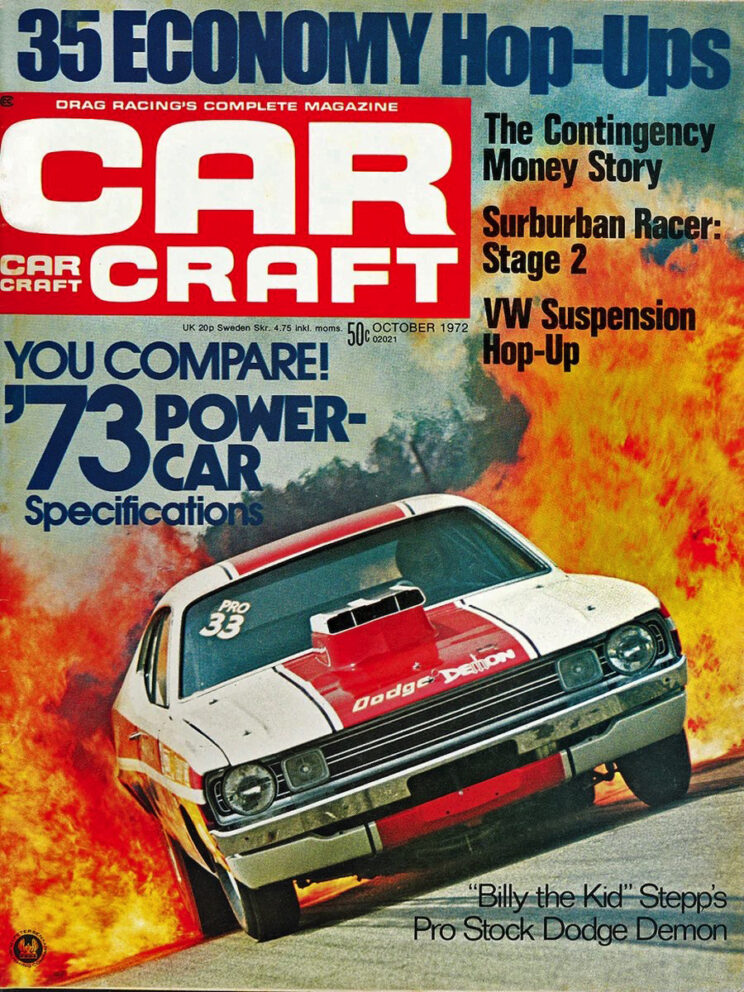
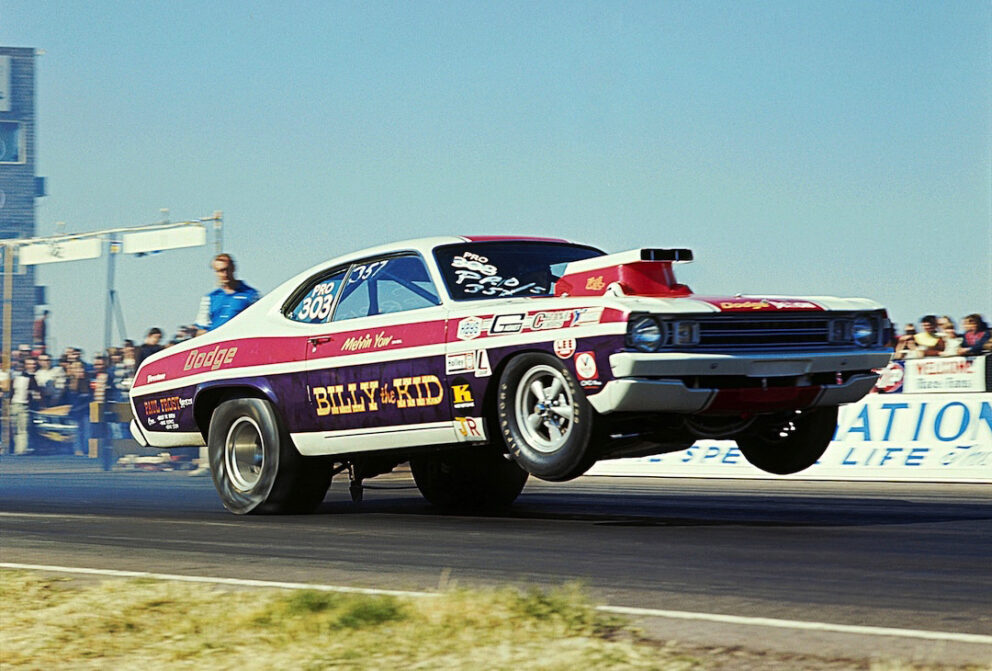
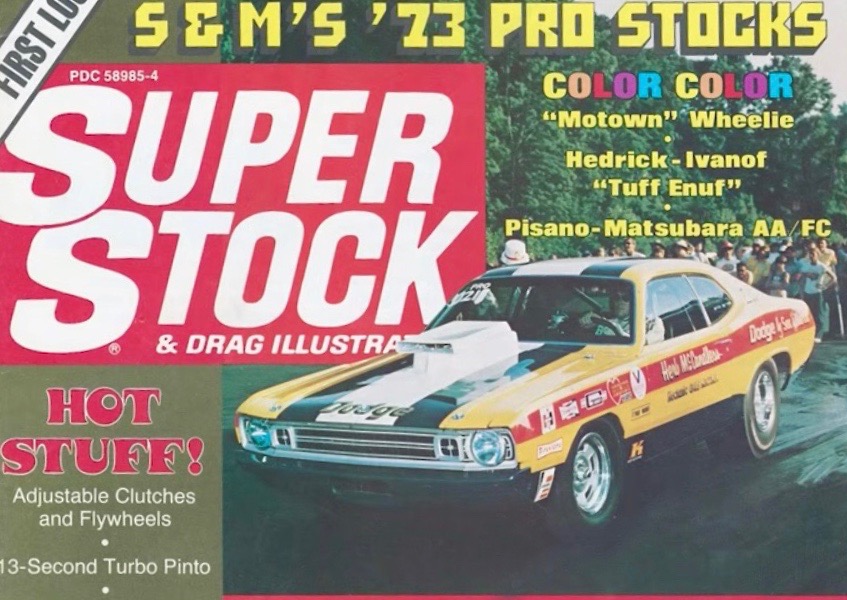
Starting in the 1971 drag racing season, Dodge drag teams built Demon-bodied Pro Stock cars, with top performers being Herb McCandless (Sox & Martin Team Car), Billy Stepp and others. A-body cars were narrower than the Challenger body and had less frontal area, better aero body.
Author: James Maxwell
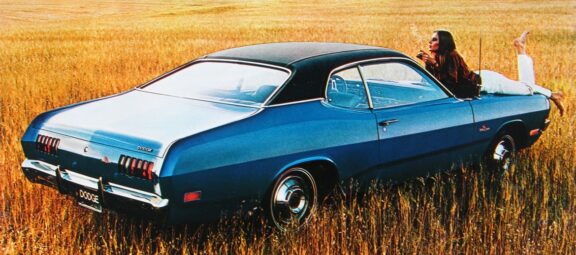
0 Comments